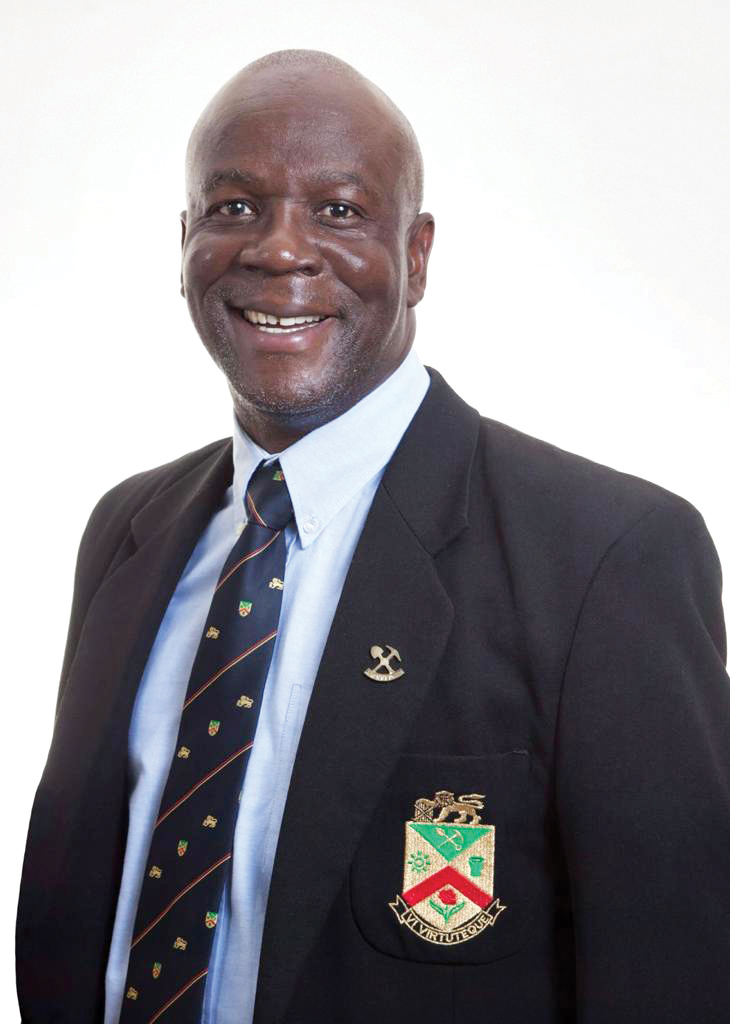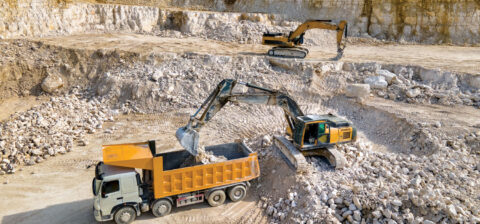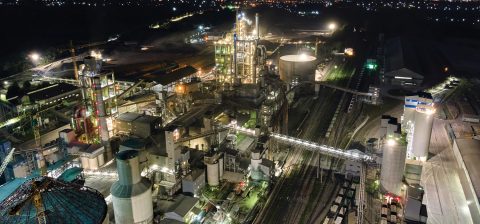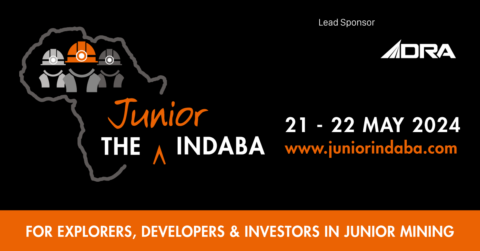SA Mining
How Is Harmony Transforming Mining To Improve Safety?
Safety in the mining industry is of paramount importance. It saves lives and can potentially prevent thousands of workplace accidents every year. Naturally, the main goal in pursuing safety is to achieve the benchmarks of zero harm and zero loss of life set by the mining industry.
This should be clear, as when you walk into a mine, you are greeted by a number of visible warning signs, procedures, and other safety measures to protect workers.
Increased attention to mine worker safety has yielded positive results. For example, the number of accidental deaths decreased from 74 in 2021 to 49 in 2022. This was the lowest loss of life in mining accidents in the country’s history. In addition, in January this year, there was no loss of life in the mining industry, making it the first calendar month without a loss of life.
A recent report by the Department of Mineral Resources and Energy (DMRE) reveals that serious injuries in the country’s mining sector fell from 2 123 in 2021 to 1 946 in 2022. Since the first democratic elections in South Africa, the country’s mining industry and its partners have implemented numerous health and safety initiatives that have led to life-saving results. Between 1995 and 2021, the total loss of life decreased by 75%, with an 85% decrease in loss of life from falls of ground in particular. Over the same period, the total number of injuries fell by 66%.
A genuine milestone
This is not just an achievement – it is a milestone. Japie Fullard, chair of the Minerals Council South Africa’s CEO Zero Harm Forum, recently stated that the milestone “on our journey to zero accidents” was encouraging. “However, we have not yet reached our goal of zero harm and zero loss of life in mining. We need to rethink what it really means for everyone to be safe on the job.”
Harmony has been on a Safety Journey since 2016. The strategy has been to create a proactive safety culture and environment where employees at all levels live the company values and experience high levels of mutual trust, respect, and hope.
In 2017, the company adopted the Good Practice Guide on Health and Safety Critical Control Management (CCM) from the International Council on Mining and Metals (ICCM). The ICCM provides advice on how mines can identify and manage critical controls that can either prevent a serious incident from occurring in the first place or minimise the consequences of a serious incident.
The organisation then implemented its own Harmony Risk Management (HRM)-based four-layer approach.
- The baseline risk assessment, which identifies hazards that result in significant unwanted events (SUEs) causing harm and loss of life.
- The issue-based risk assessment (bowtie analysis), which analyses threats that lead to significant unwanted events. It also identifies critical controls to prevent catastrophic events.
- The task-based assessment, which focuses on assessing the risks associated with tasks and identifying controls to mitigate the risks to complete the tasks safely.
- Finally, there is the continuous risk assessment, which evaluates the quality of controls and the application of tasks to ensure resilience.
The HRM identifies the risks and golden controls, implements controls, provides continuous monitoring, and identifies and defines improvements to achieve safe and profitable production in Harmony’s operations.
In 2018, the business began digitising and modernising its Safety Journey, also known as the Harmony Systemic Journey. This is based on the fact that a proactive safety and risk environment means that critical information is provided in real time, to ensure proactive decision making that minimises risk.
A systemic journey
The Harmony Systemic Journey also includes a bespoke solution that is transforming the way we do mining, by introducing various digital platforms such as integrated planning, work note, special services monitoring, management instructions, email, mobile, and performance reports. It also introduced the biggest technical breakthrough for the business, which was the optical character recognition (OCR) system. This is the hardware of the digital platform. It was also very important for the flow of information, using scanners to process the physical form of a document.
At Harmony, this system captures all the information from different sources that visit the workstations. Sources include specialists and employee pre-inspection forms. It is important to note that all inspection forms and documents at workplaces have been converted into OCR forms at Harmony.
Once an inspection has been carried out at a particular workplace, the forms are scanned with the OCR scanner and uploaded to the digital platform. The risk and production information is thus available in the shortest possible time from underground to surface.
The Harmony Systemic Journey has enabled the company to find SUEs and create a robust risk-management system for its operations. Once this system was made fully operational and transparent, and integrated risk reporting was ensured, the company introduced a humanistic approach known as the Thibakotsi Journey, placing the focus on “living longer”.
Thibakotsi is a Sesotho name for “prevent accidents”. The programme was first introduced in 2021 with a duration of 36 months until 2024. It involves active safety leadership and culture.
The humanistic culture change programme focuses on equipping and empowering all employees and preventing accidents through numerous initiatives, all designed to proactively promote safe behaviour and improve employees’ relationship with safety.
Three key factors
These initiatives are structured around three key factors – how leaders develop themselves; how they develop others; and how they bring everyone along. They will manifest in the belief that zero harm is possible and that employees at all levels live the company values and experience high levels of hope, mutual trust, and respect.
There is no doubt that Harmony has benefitted immensely from its safety journey, and it remains driven by the fact that safety is not a silver bullet that can simply be pressed to keep people safe in its operations. It is a series of actions that lead to a safe attitude and environment, and that is why the company has embarked on the safety journey.
At Harmony, no product is more important than people. It expects its employees to return home from work safe and healthy. The organisation believes that despite being a deep-level miner, it has made good progress towards its aspirations of zero harm and zero loss of life.
Incredibly, this phenomenal achievement was accomplished in years when Harmony had to increase its workforce through acquisitions. Despite this, it has managed to contain increased injuries and loss of life in its operations. In October 2020, Harmony completed the acquisition of the Mponeng mine and Mine Waste Solutions, which includes the TauTona and Savuka mines and associated tailings storage and mine rehabilitation, from AngloGold Ashanti for R4.4-billion.
All of these operations come with their own risk profiles, but their integration with Harmony culture has been phenomenal, as signified by their current performance, which is line with Harmony’s own performance.
While recognising that this journey will not be easy, Harmony has retained a long-term perspective since it began its journey in 2016. On this journey, there have been ups and downs, but the business will continue to make improvements to achieve zero harm.
Harmony believes its journey is better than yesterday’s and remains excited to see where things are heading. The company continues in its belief that safety is for sharing, not for profiting, and this fits with its vision of mining with purpose. To this end, the organisation is extremely proud of its “Harmonites” for their achievements and focus in embracing a zero harm culture.
Stuart Sepetla began his mining career in 1996, and holds a wealth of experience in both gold and platinum mining. He held various managerial positions, such as principal inspector of mines, section manager, production manager and mine manager, until he was appointed as head of safety, health, environment and quality for Gold Fields SA in 2015.
His most recent role has been as head of health, safety and environment at Vedanta Zinc International. Sepetla is also registered as a professional certified engineer, through the Engineering Council of SA, a board member at the Mine Health and Safety Council, and a council member for the Association of Mine Managers SA.
He was appointed as the association’s president at the inaugural meeting in March 2023, after previously serving as vice-president.







 Sign-up and receive the Business Media MAGS newsletter OR SA Mining newsletter straight to your inbox.
Sign-up and receive the Business Media MAGS newsletter OR SA Mining newsletter straight to your inbox.